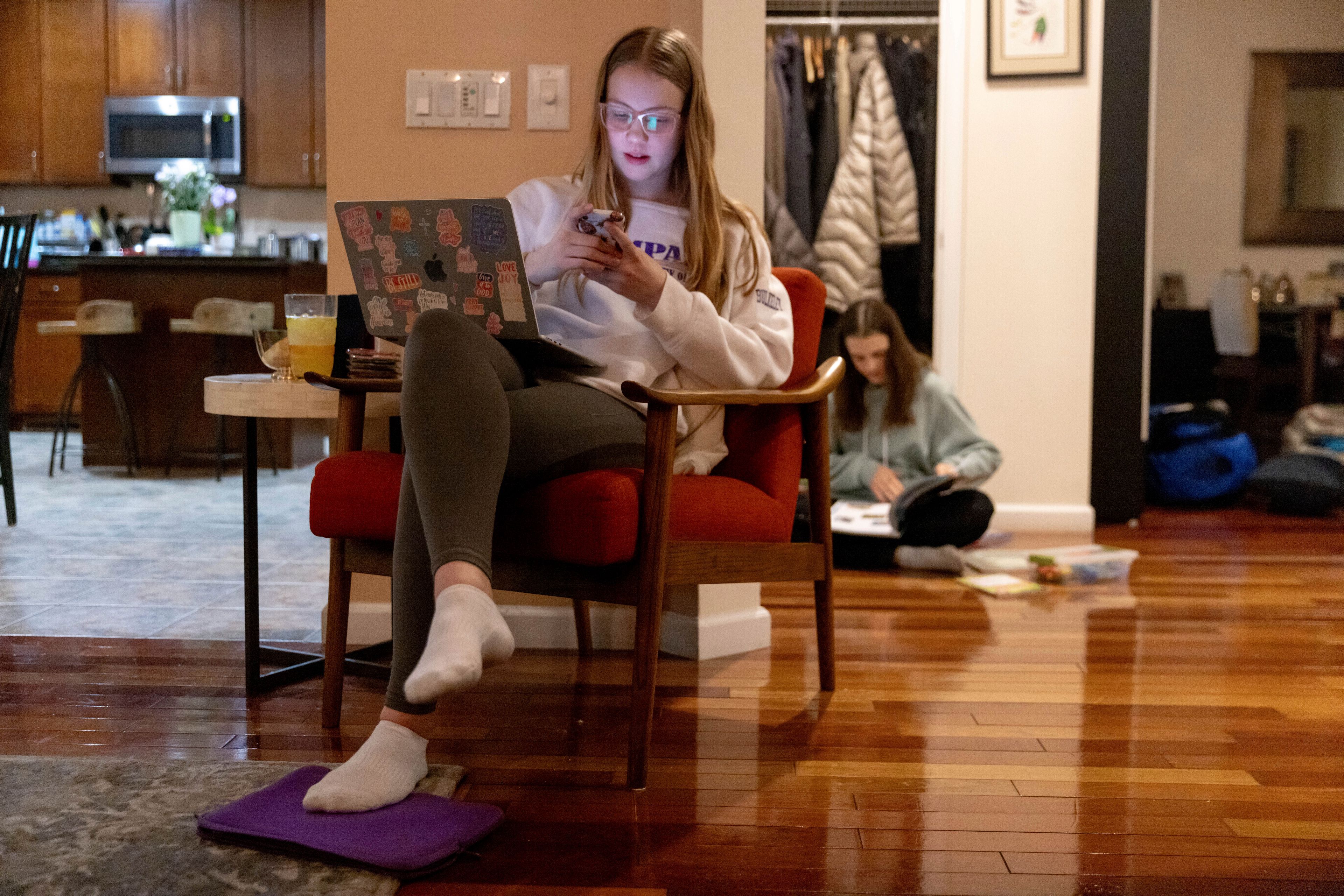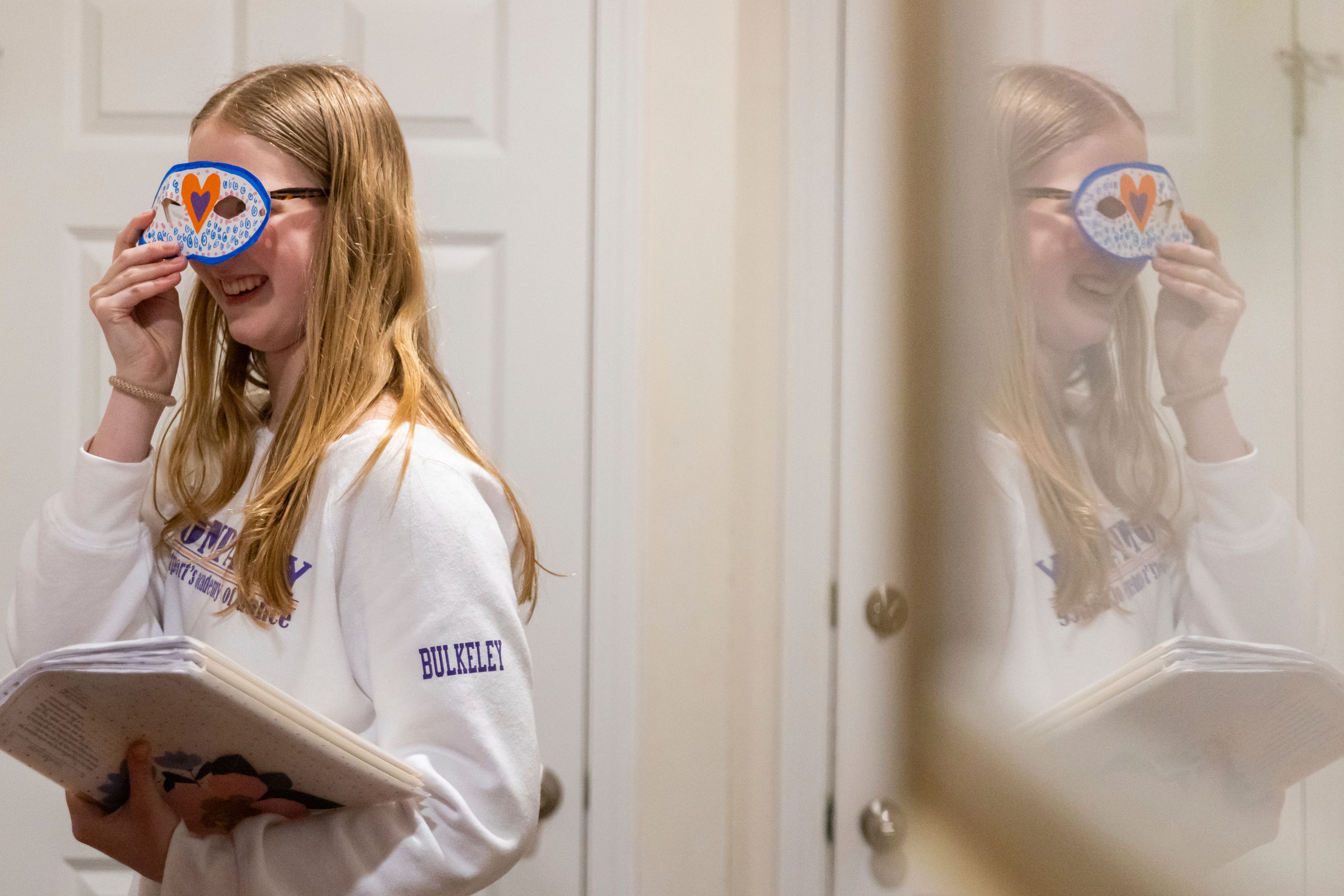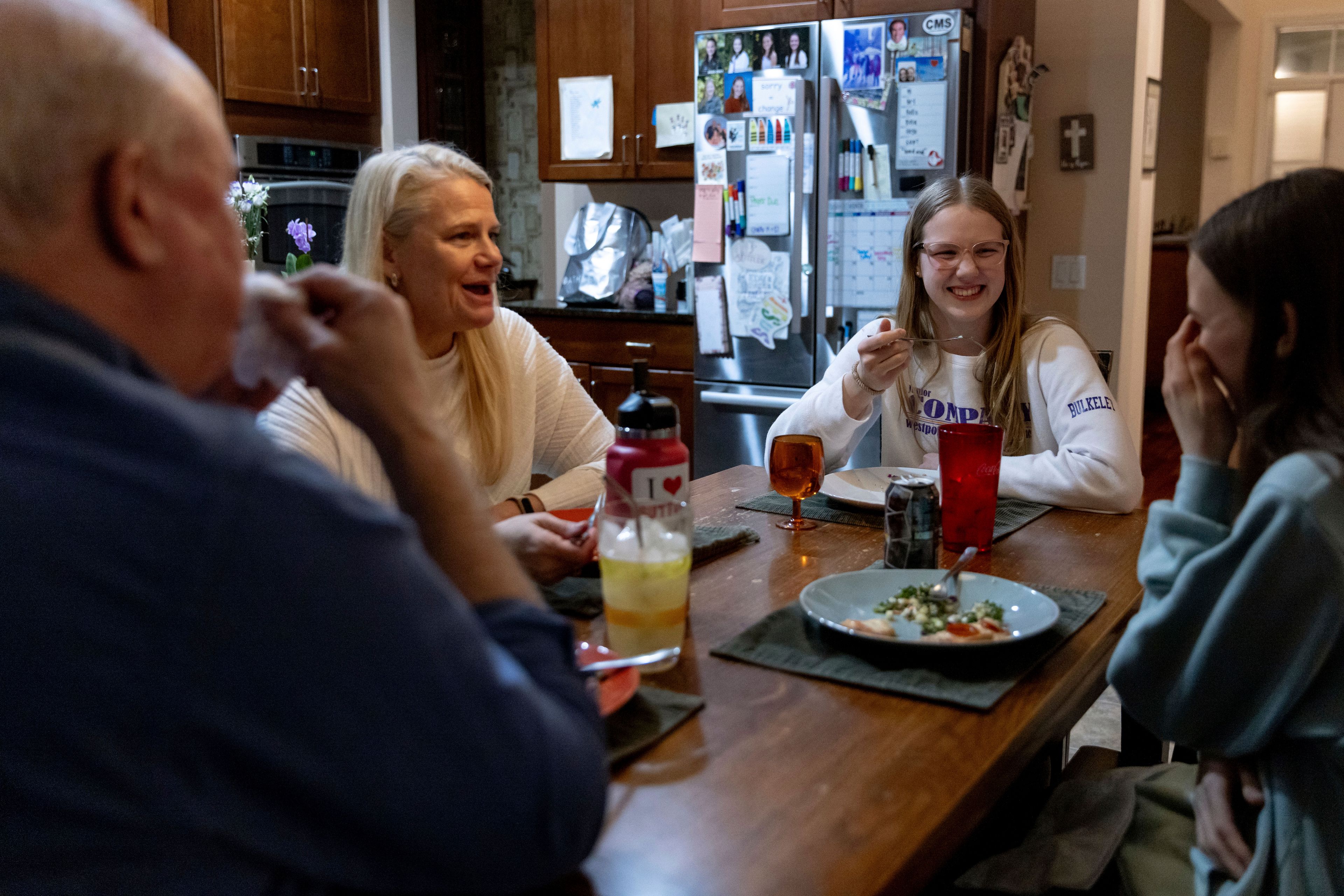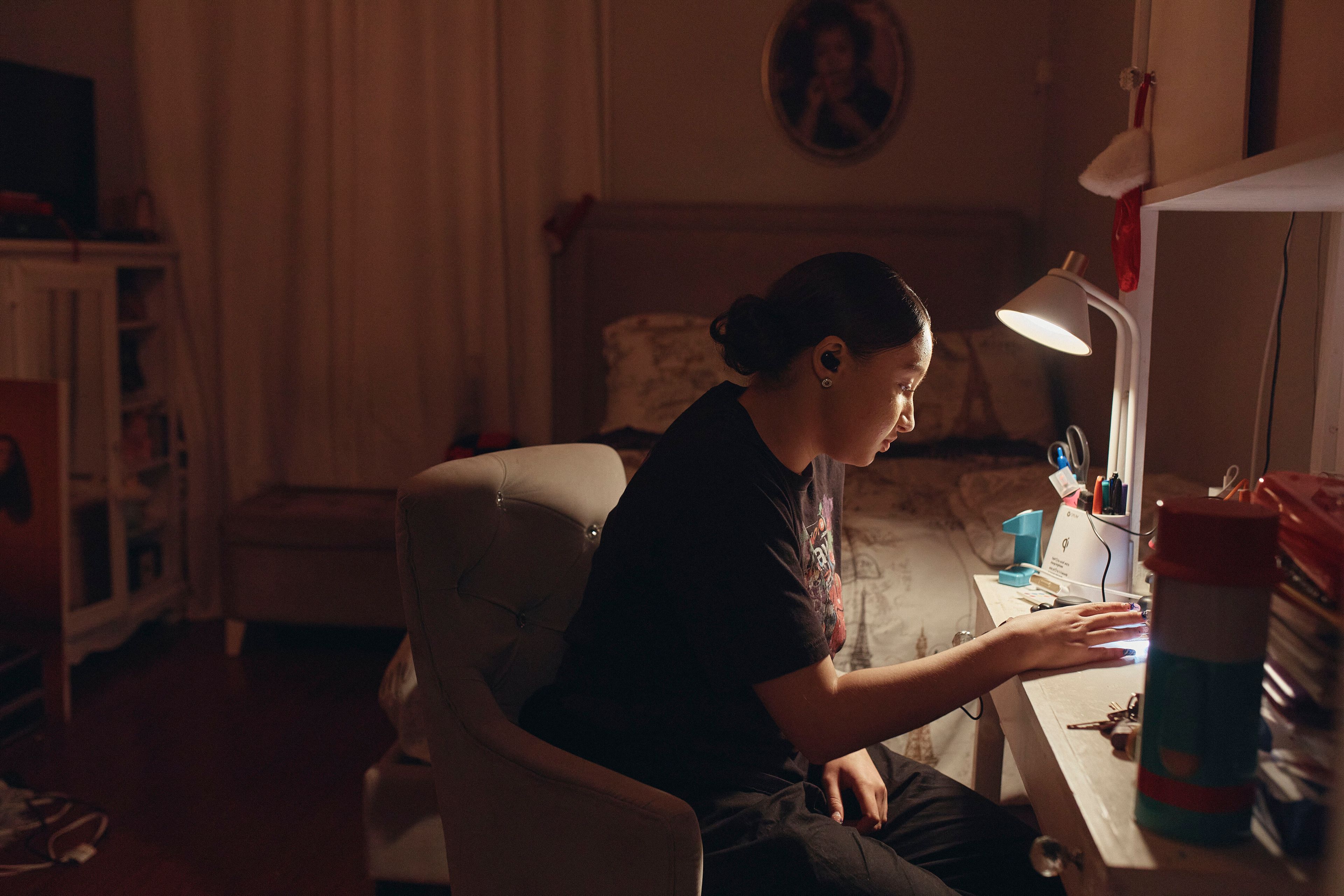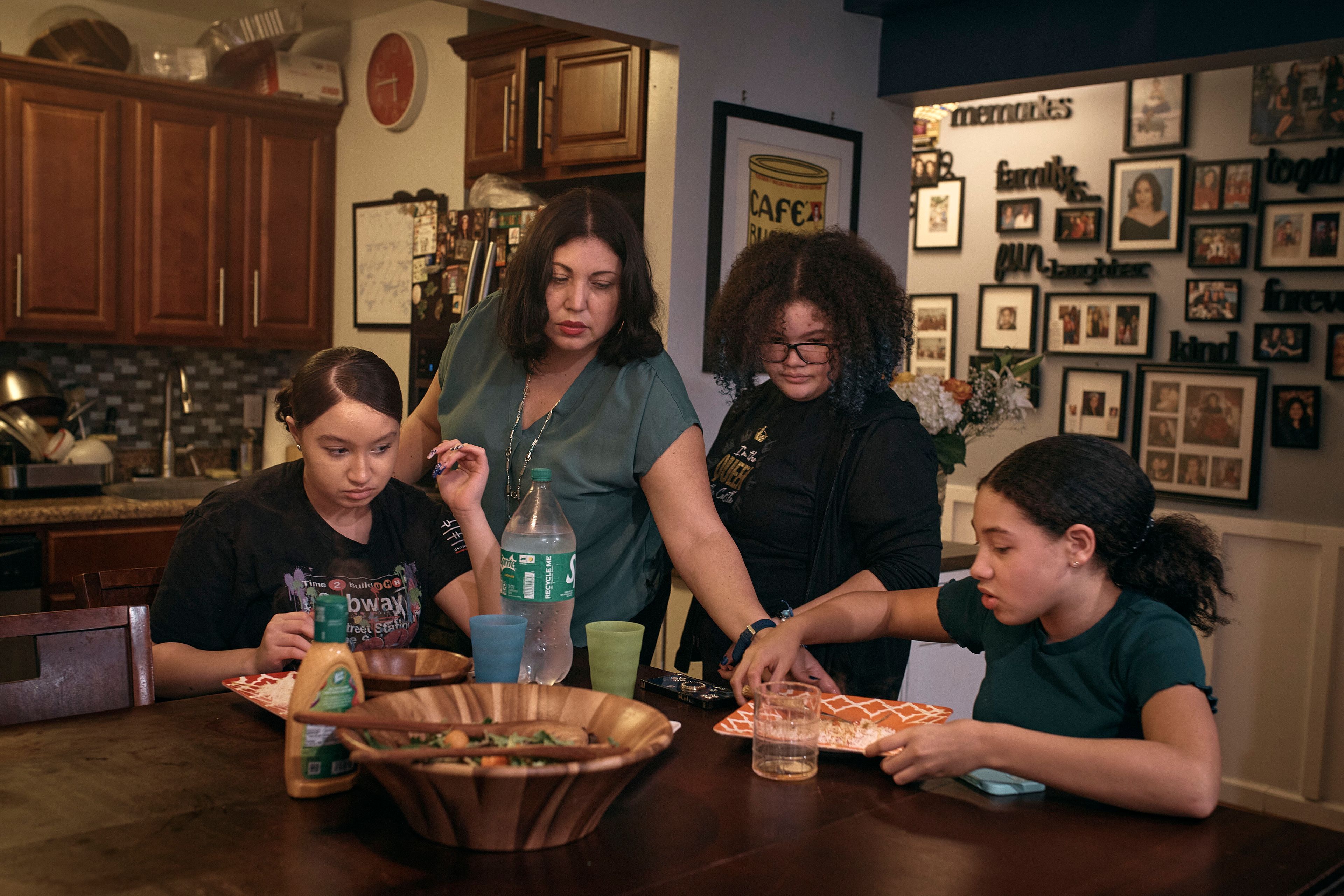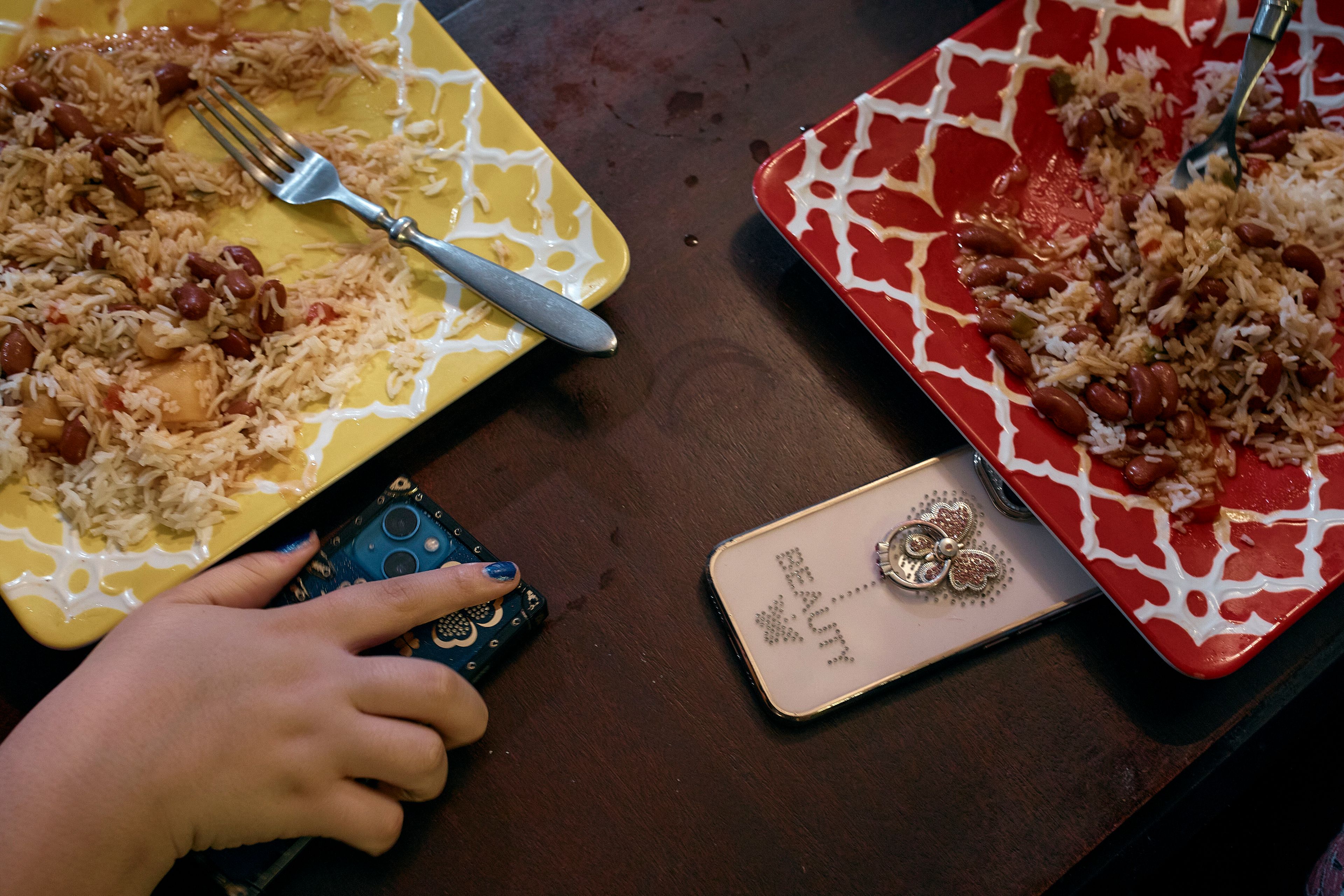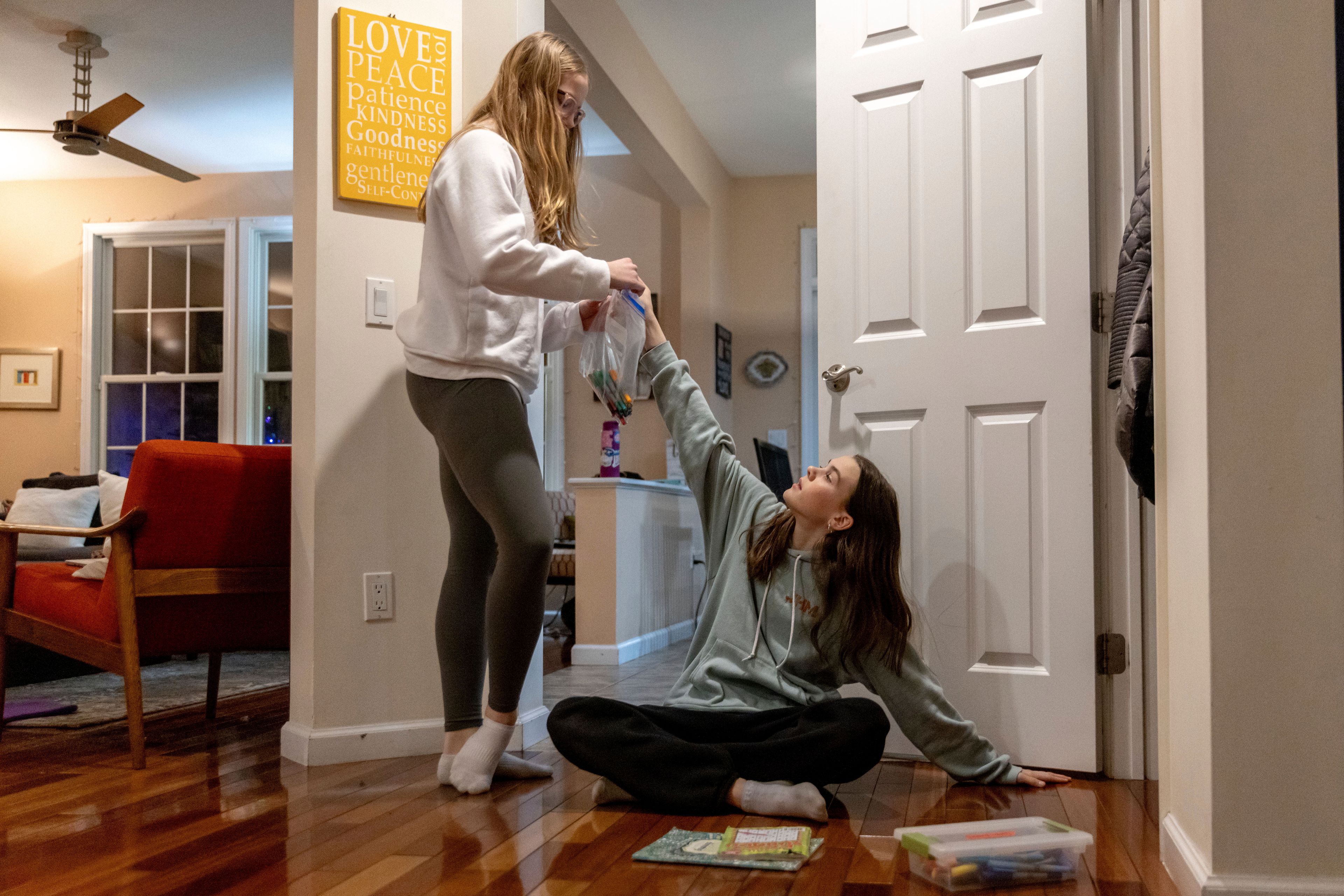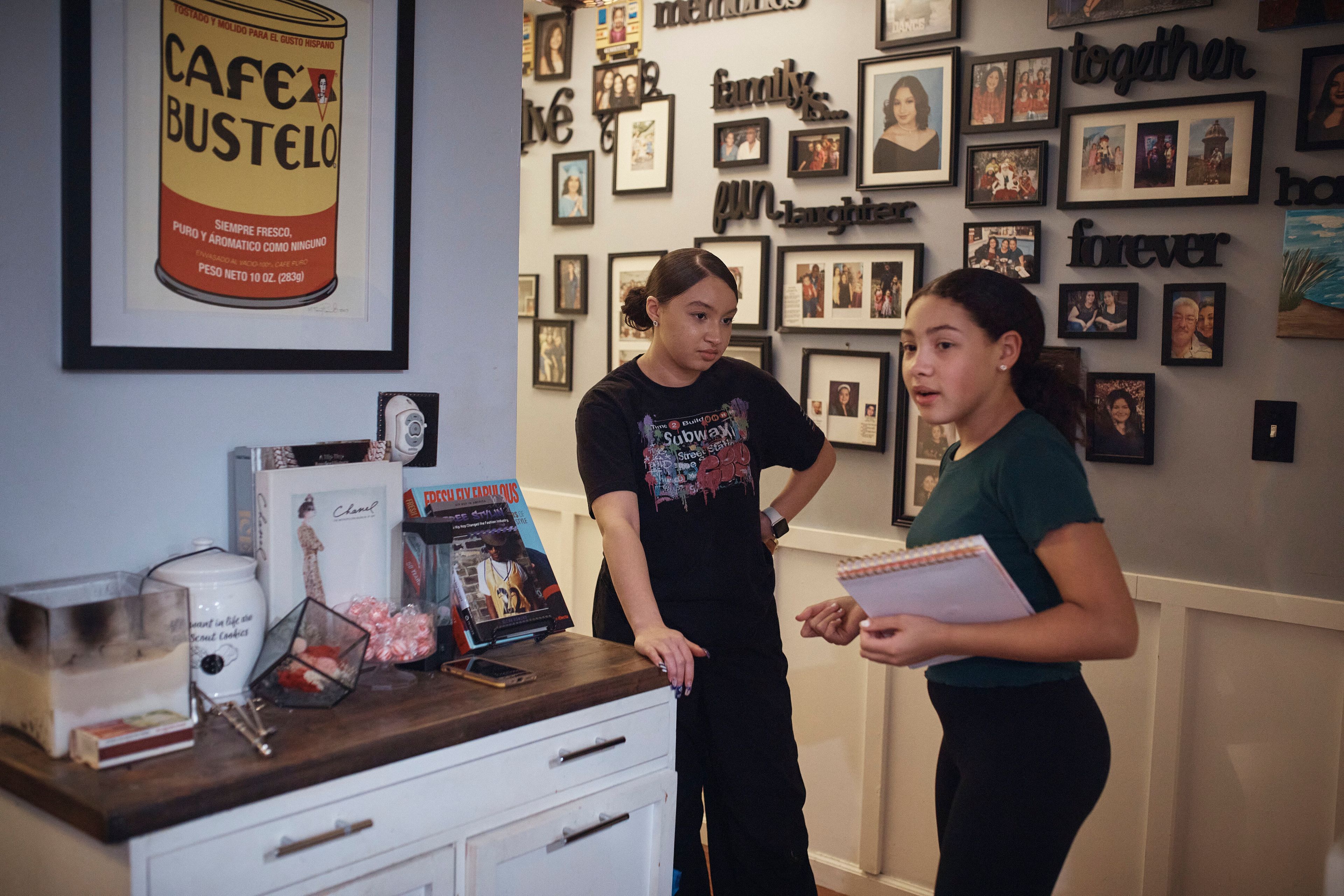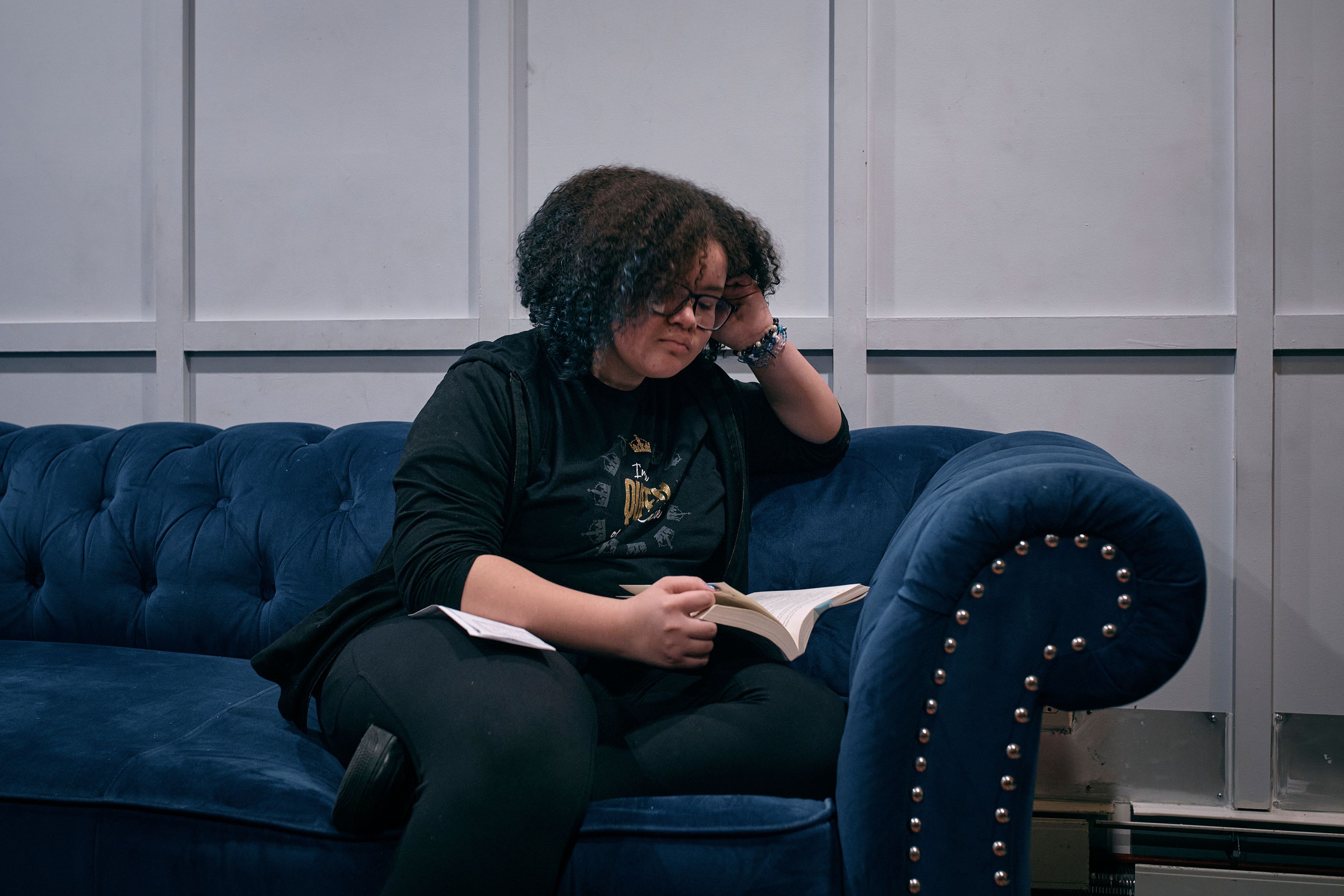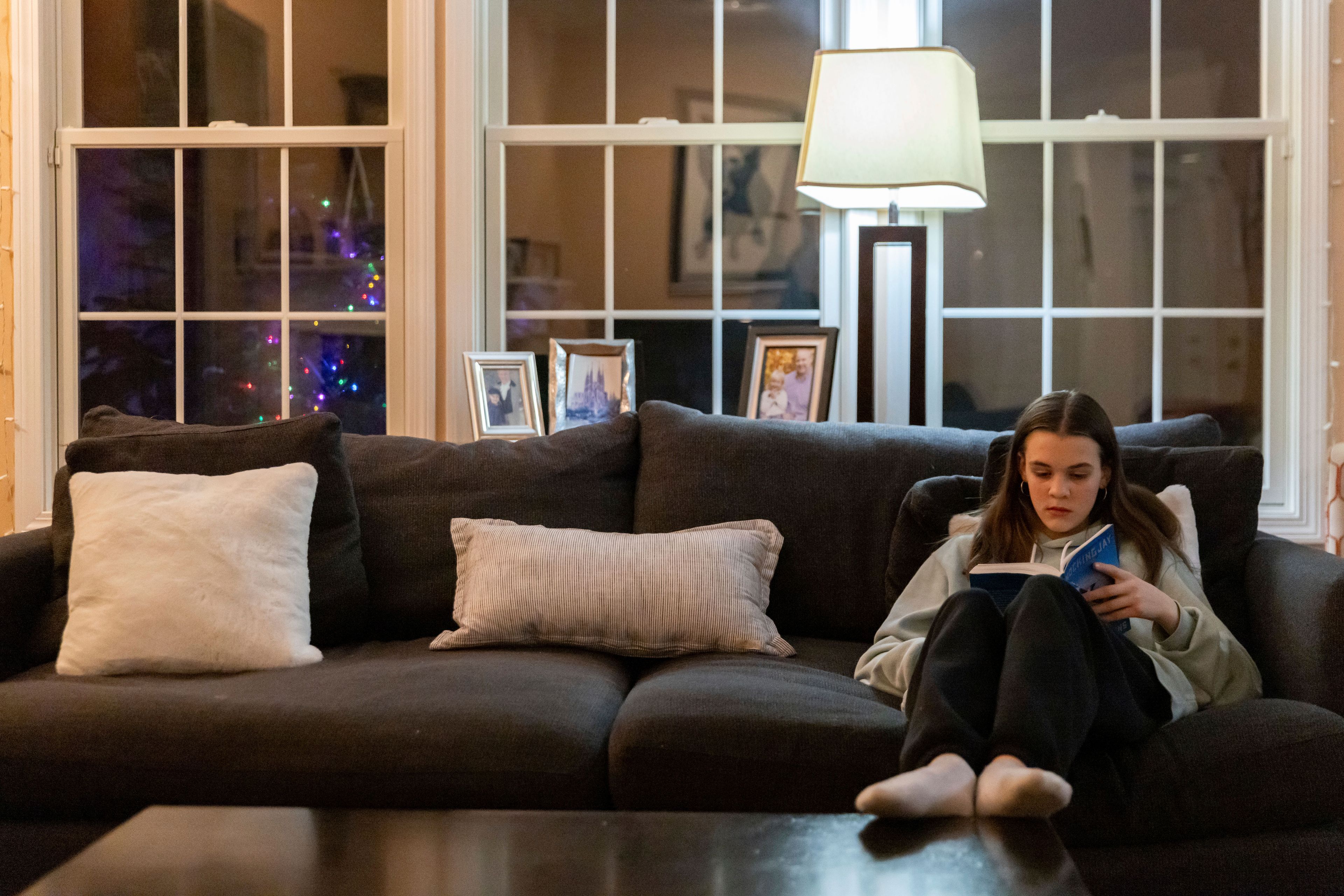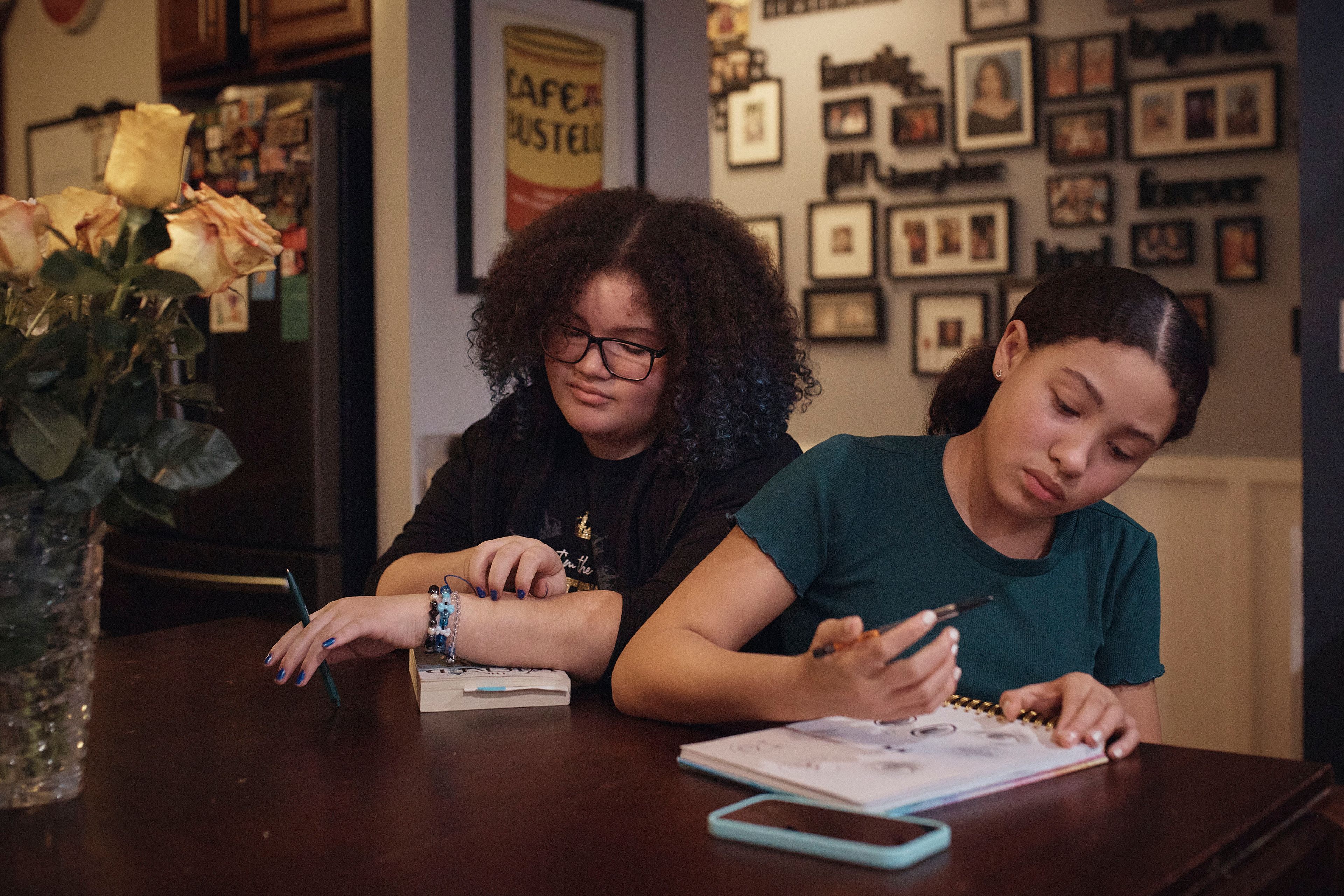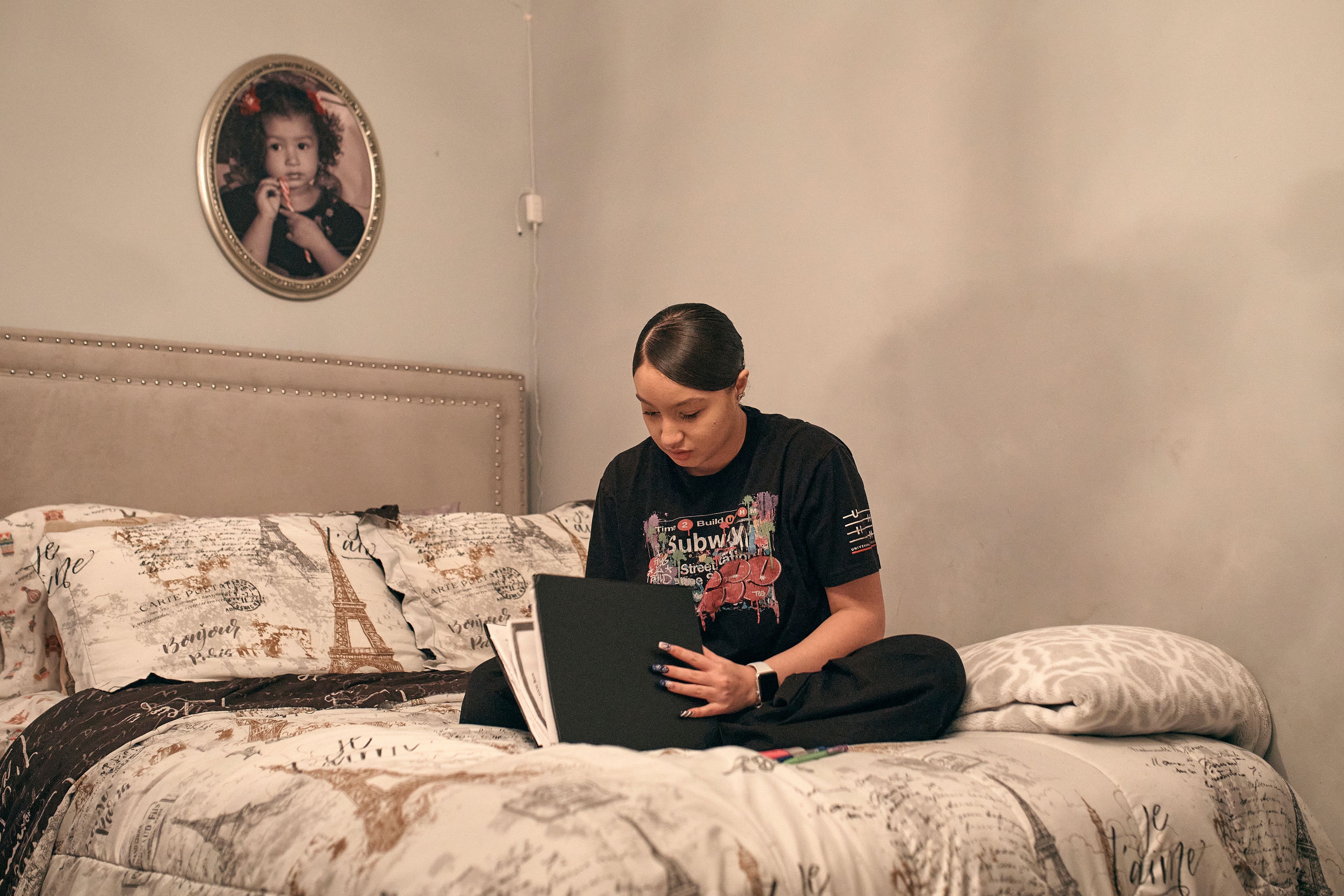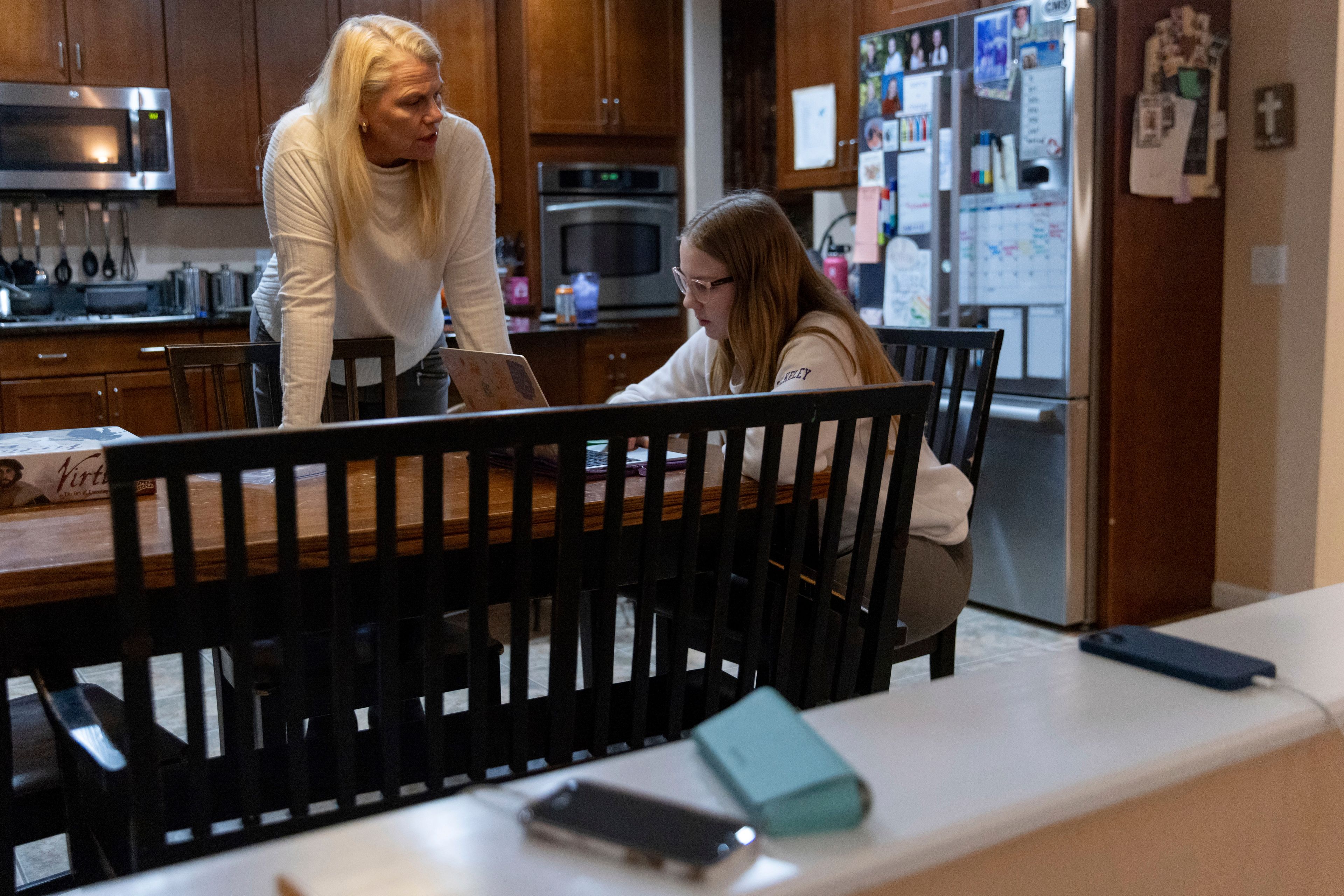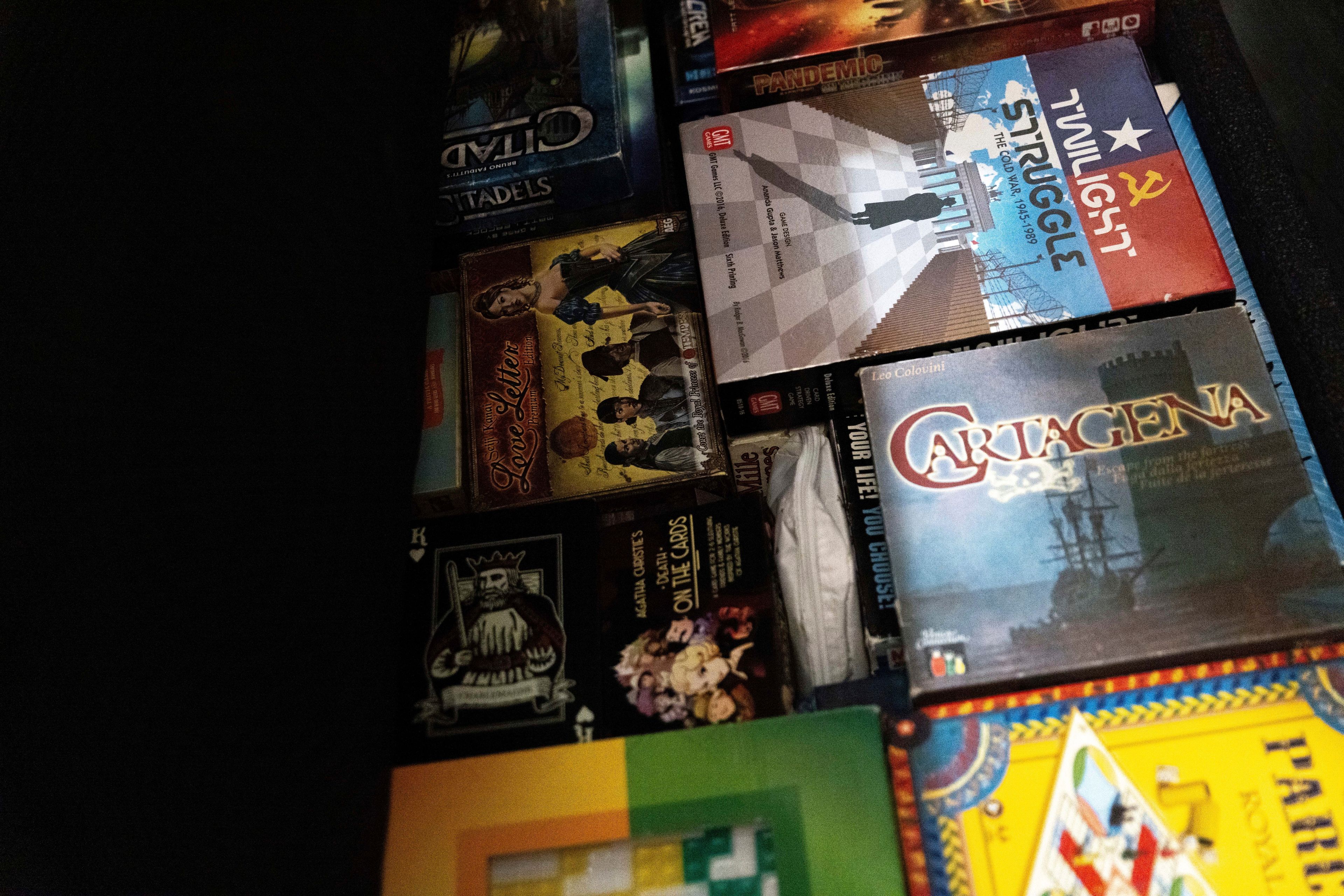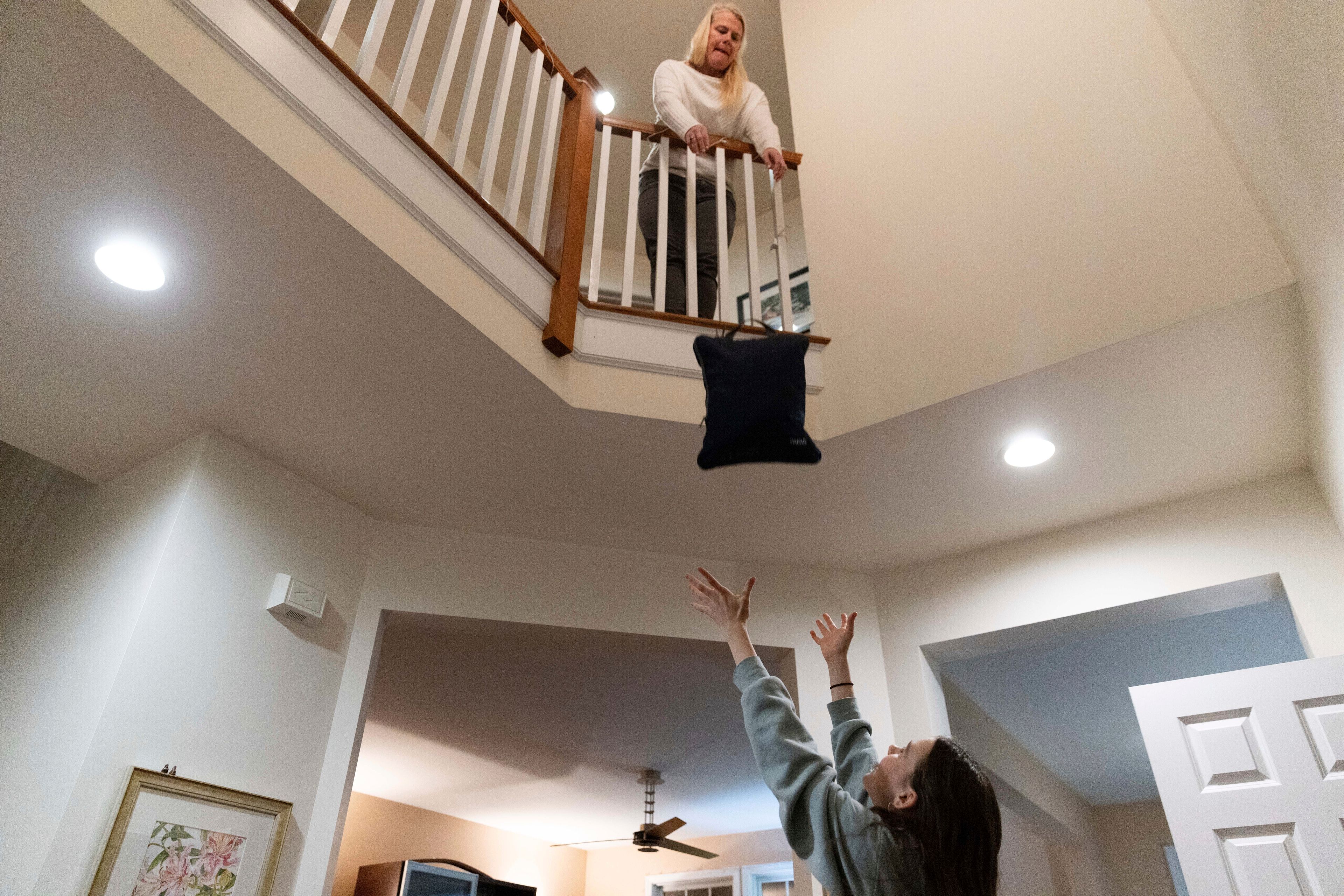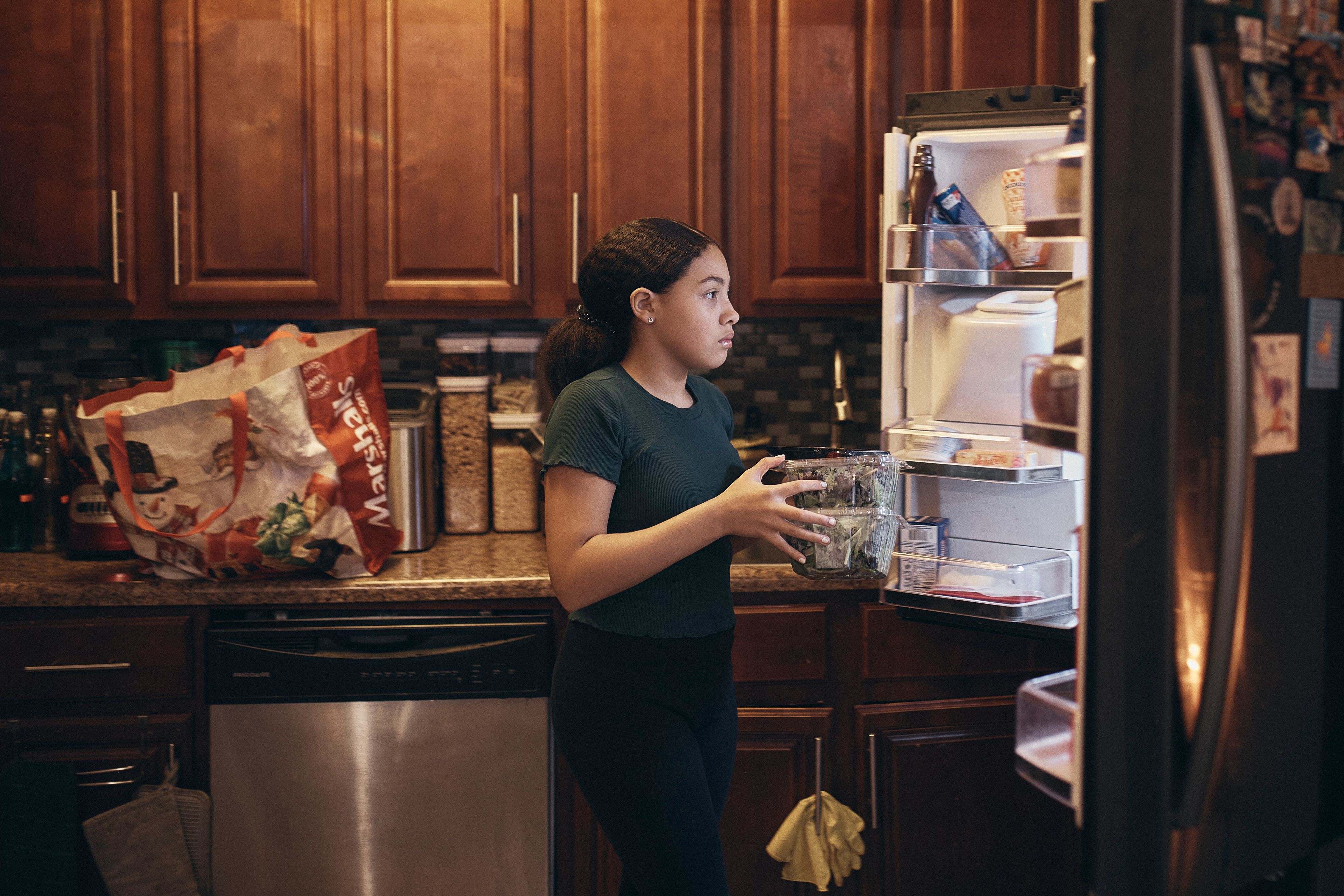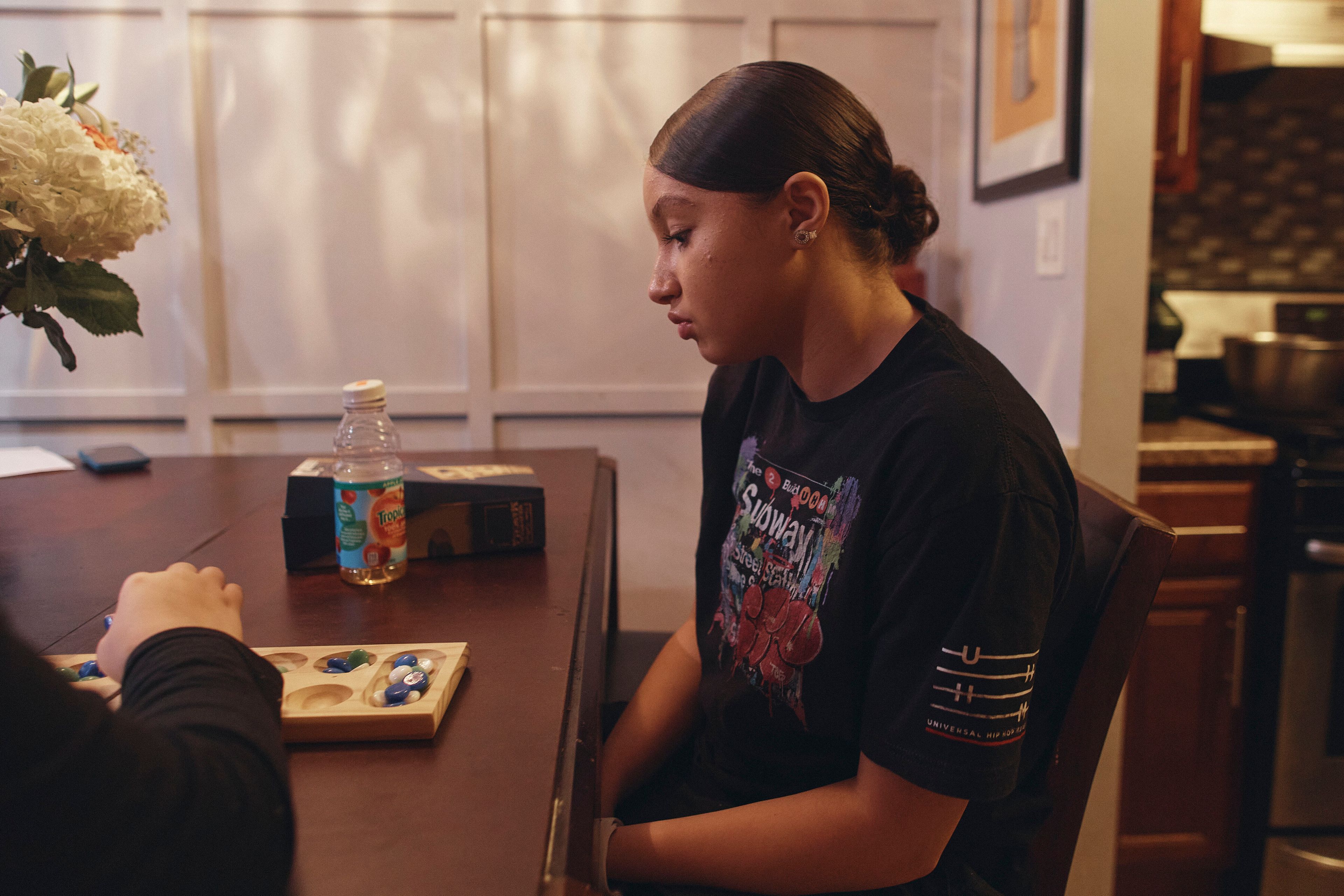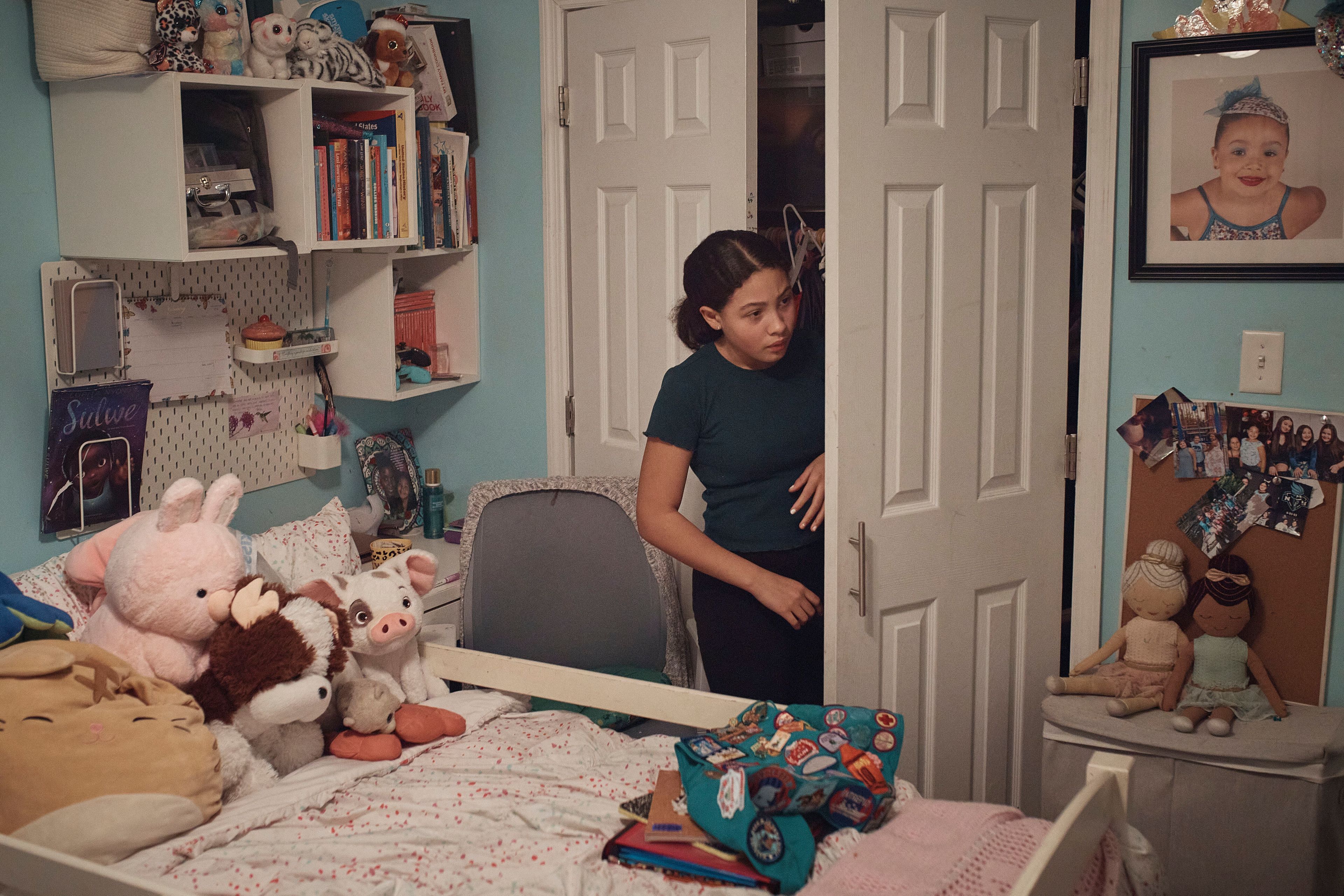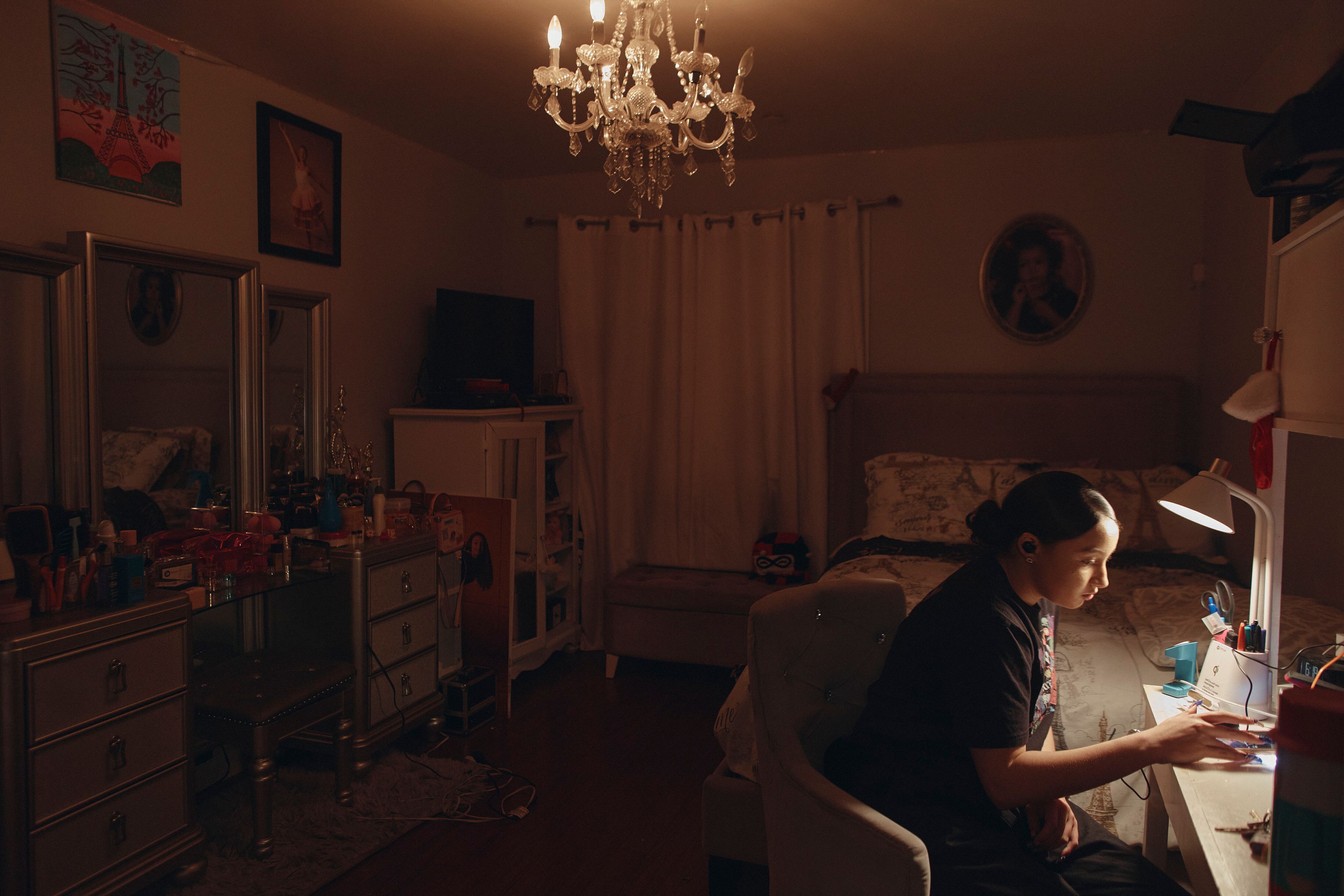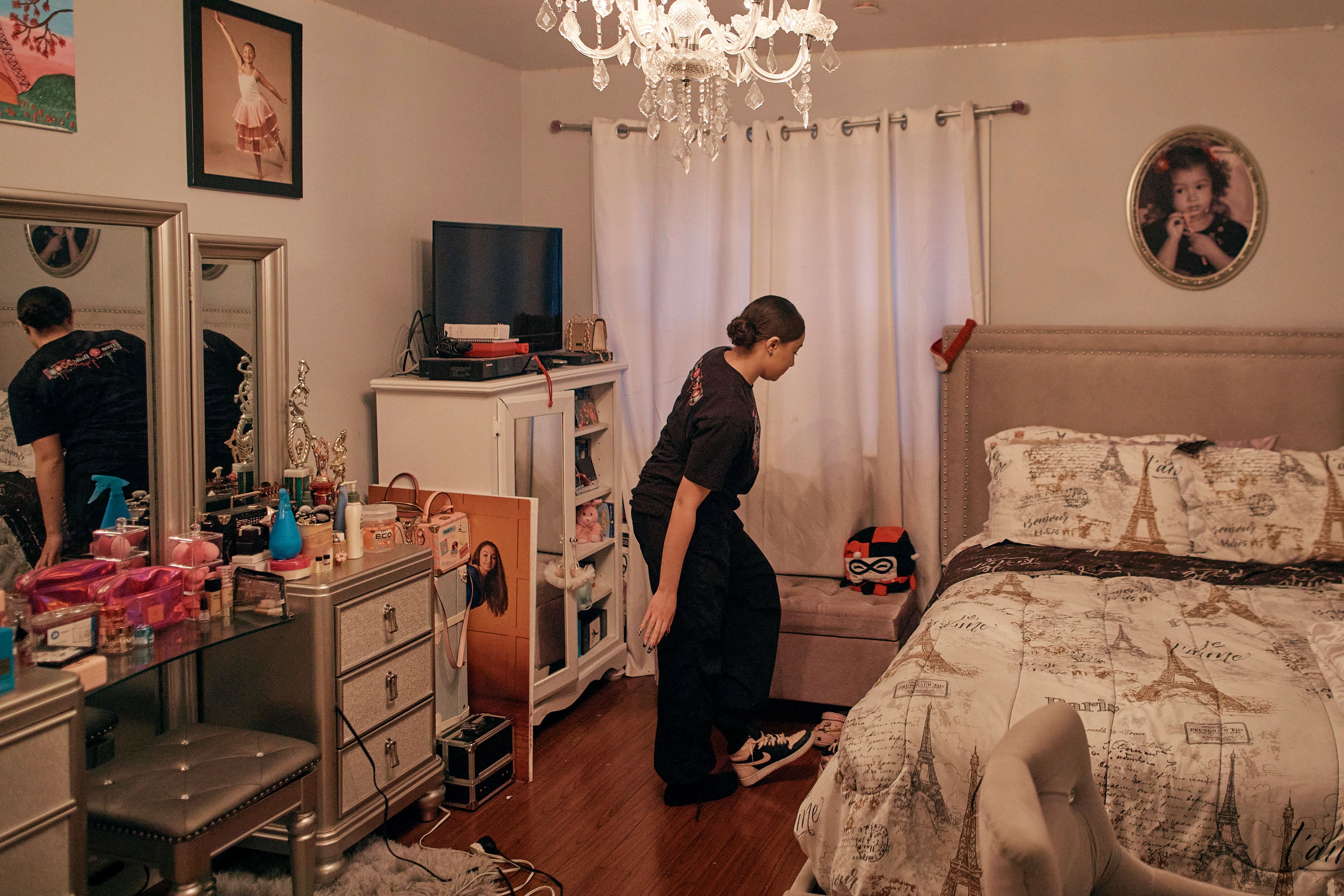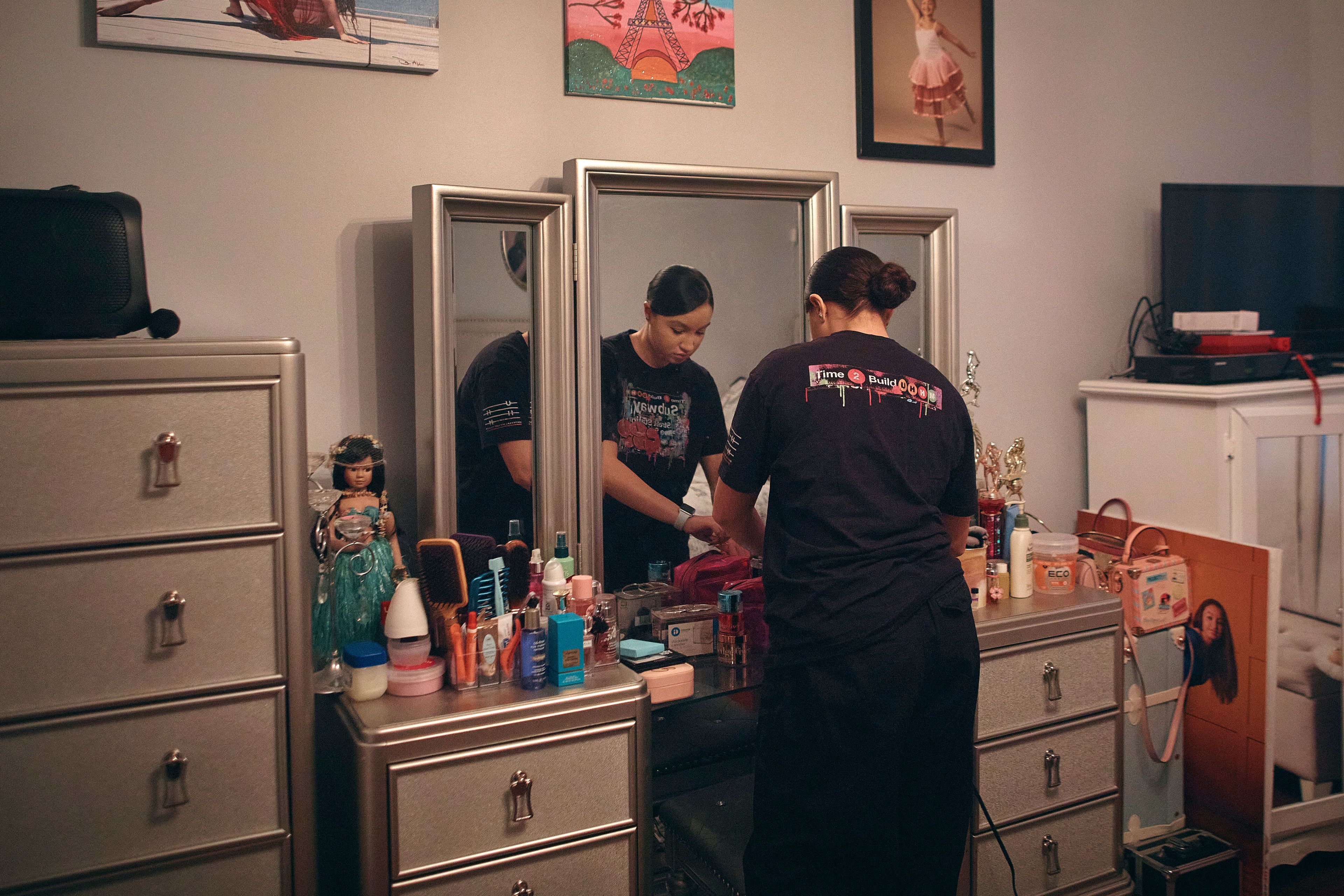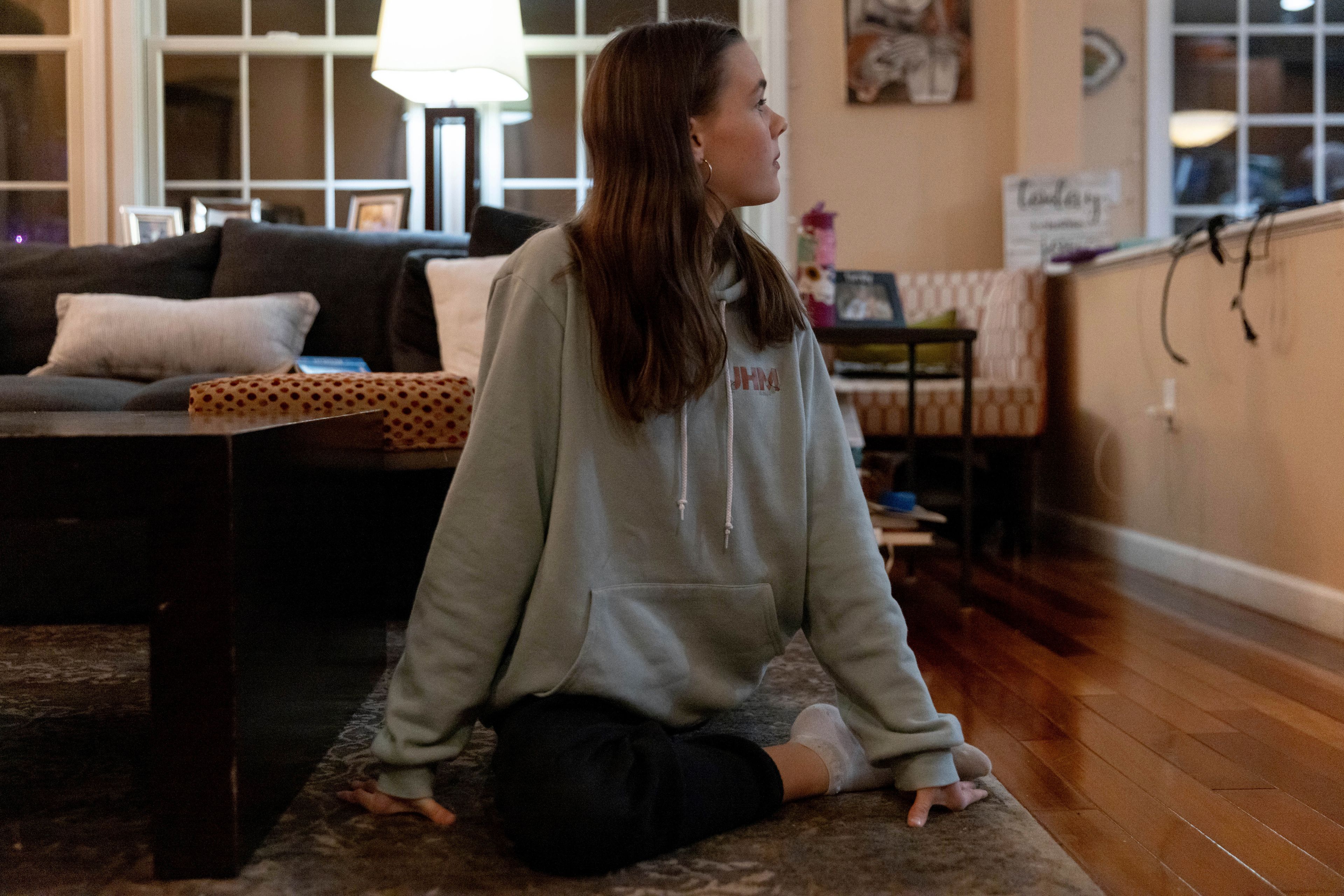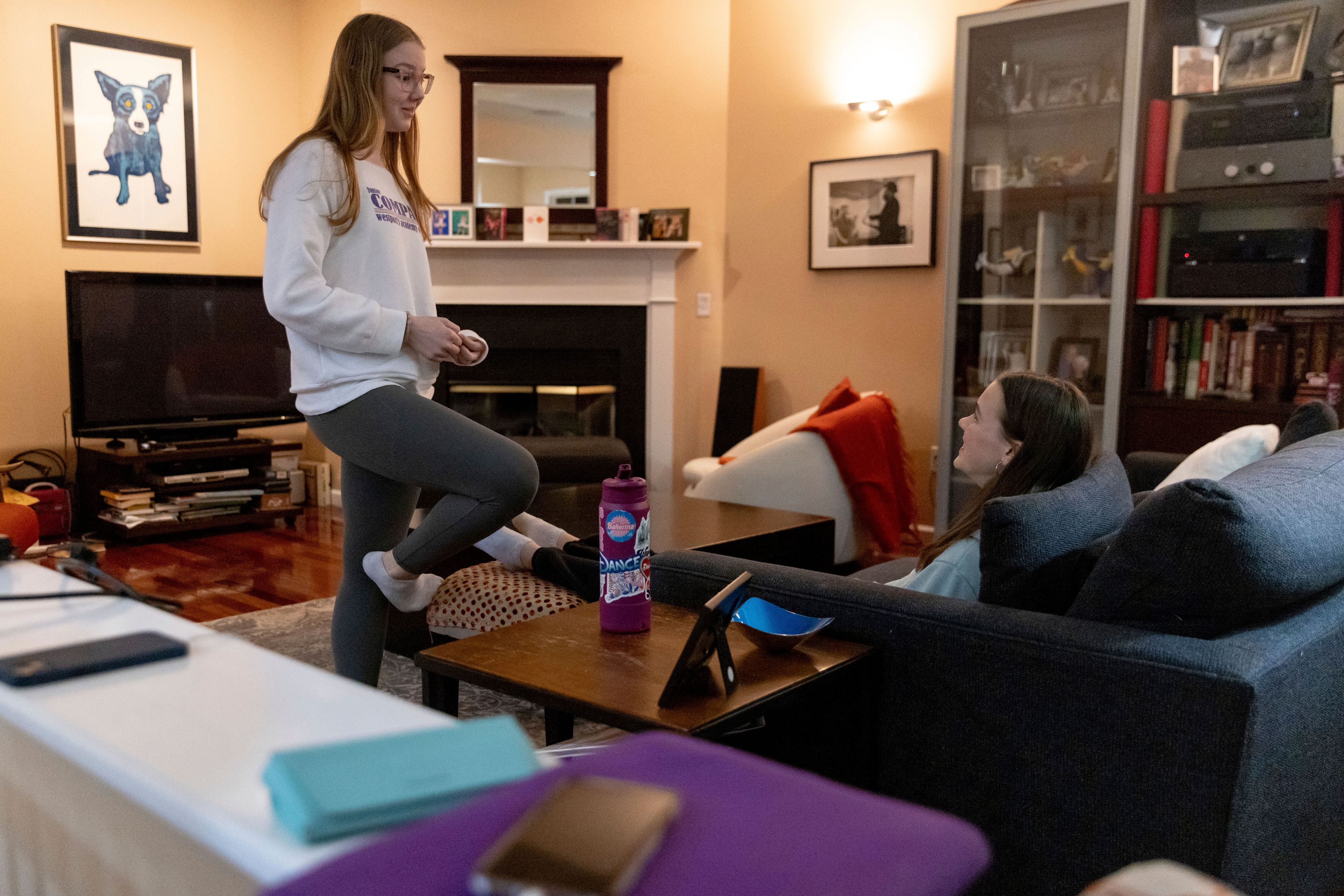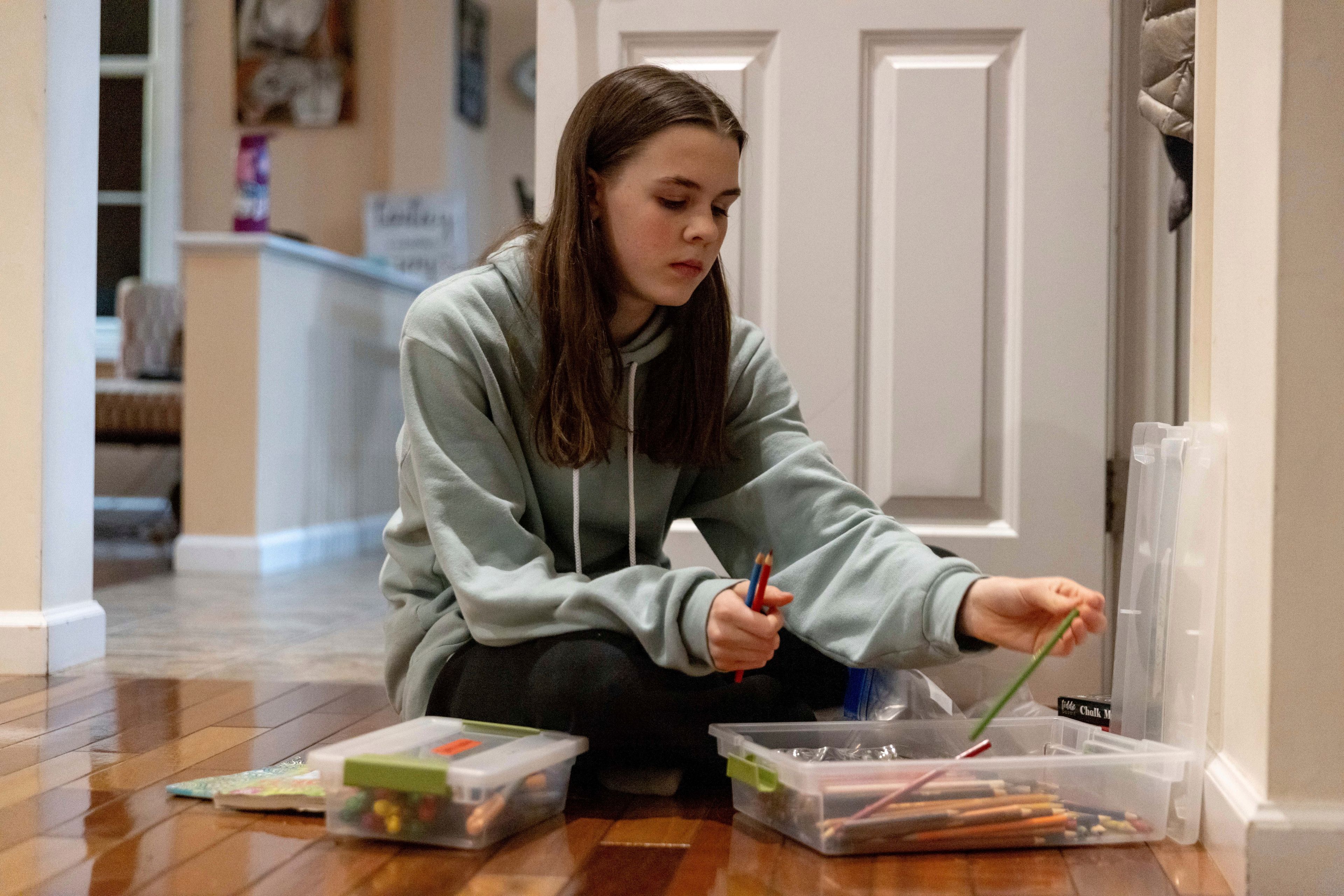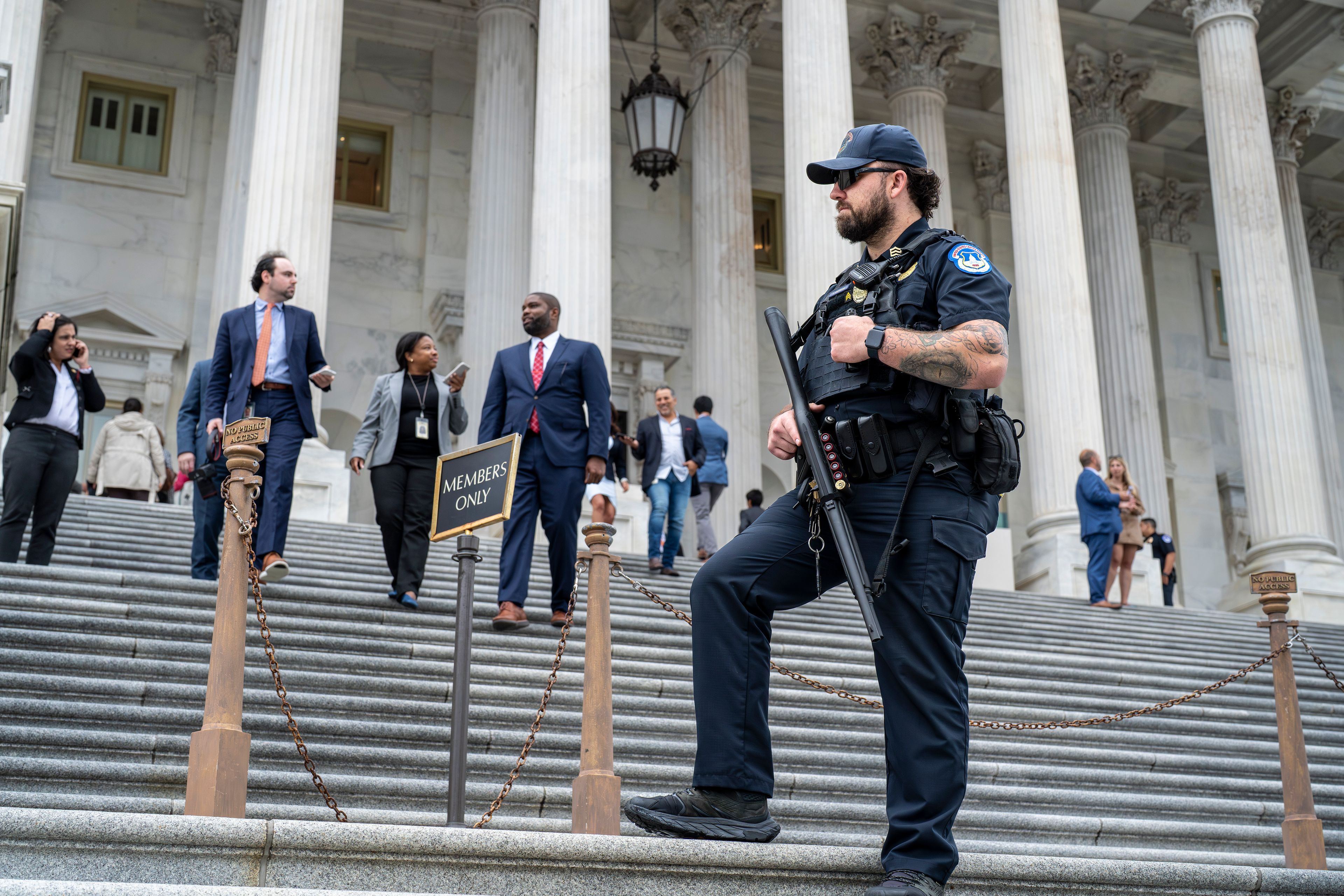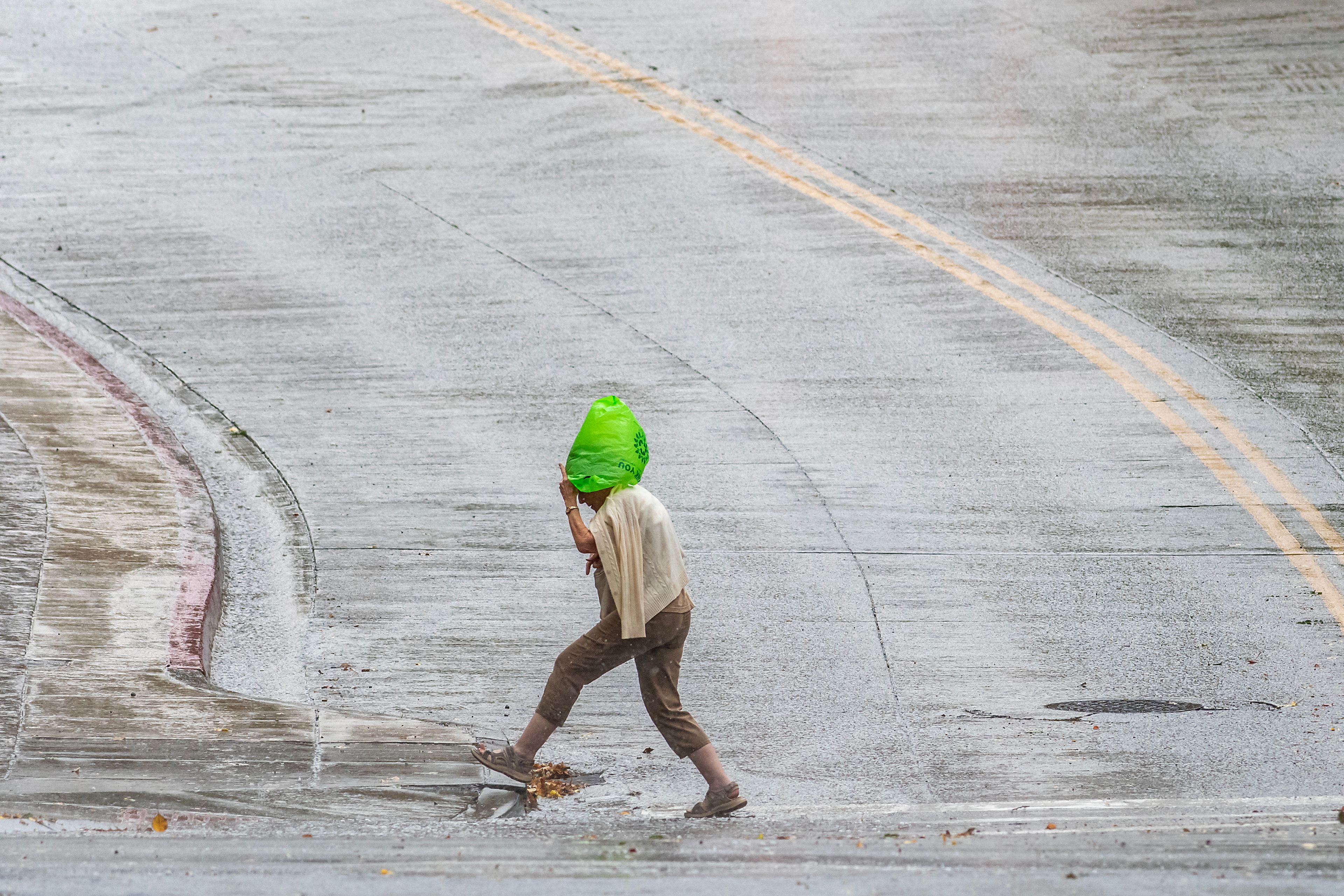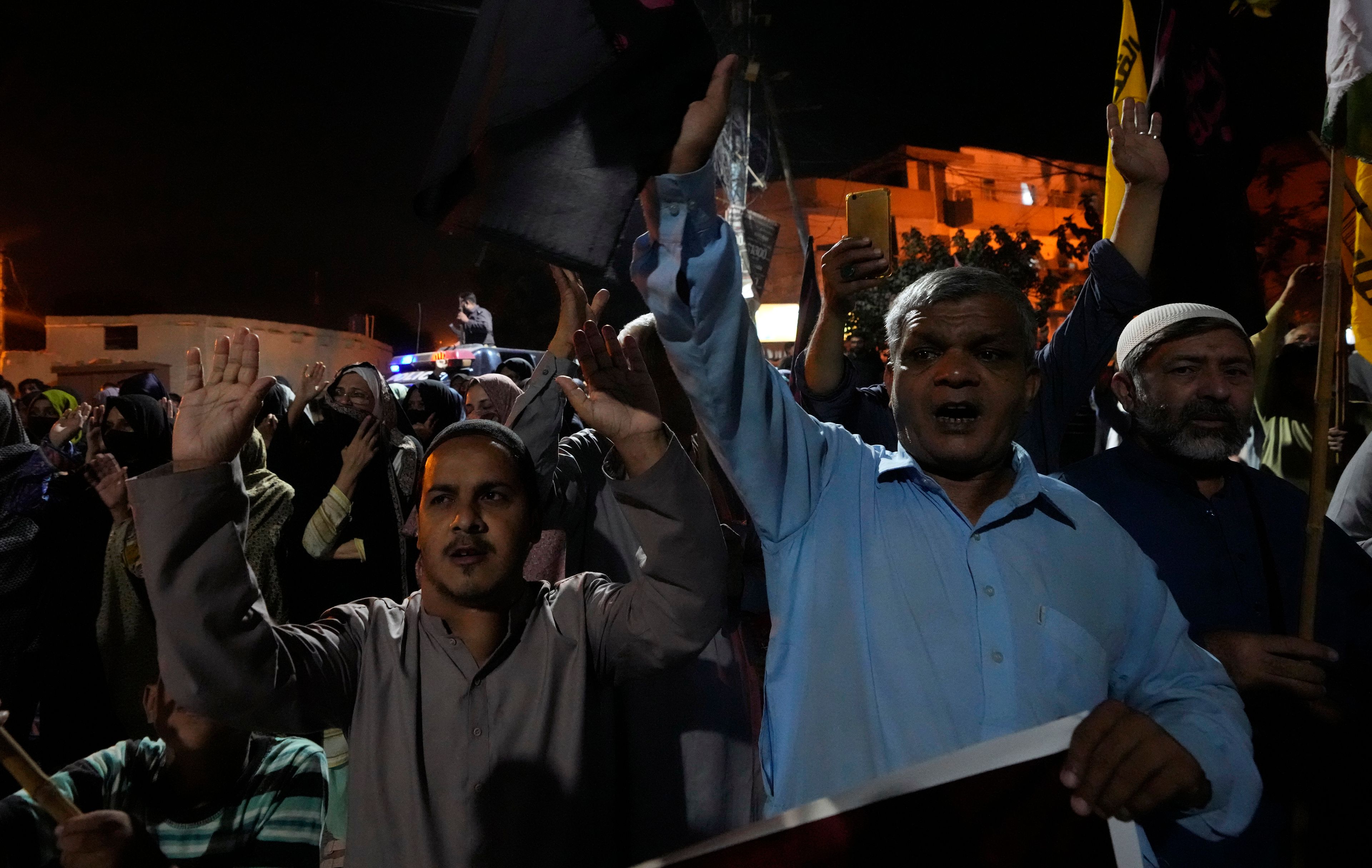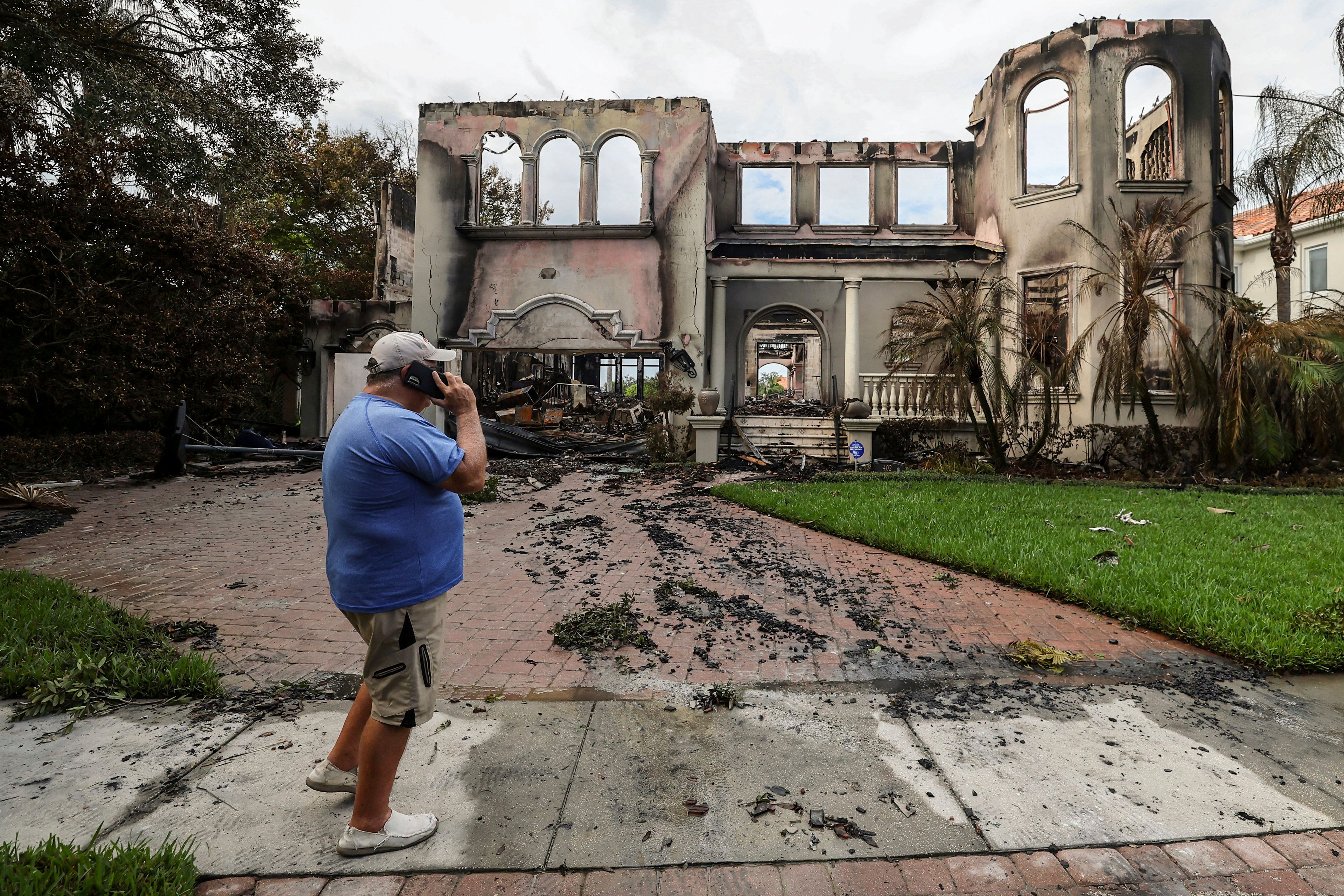WESTPORT, Conn. (AP) — Kate Bulkeley's pledge to stay off social media in high school worked at first. She watched the benefits pile up: She was getting excellent grades. She read lots of books. The family had lively conversations around the dinner table and gathered for movie nights on weekends.
Then, as sophomore year got underway, the unexpected problems surfaced. She missed a student government meeting arranged on Snapchat. Her Model U.N. team communicates on social media, too, causing her scheduling problems. Even the Bible Study club at her Connecticut high school uses Instagram to communicate with members.
Gabriela Durham, a high school senior in Brooklyn, says navigating high school without social media has made her who she is today. She is a focused, organized, straight-A student. Not having social media has made her an “outsider,” in some ways. That used to hurt; now, she says, it feels like a badge of honor.
With the damaging consequences of social media increasingly well documented, many parents are trying to raise their children with restrictions or blanket bans. Teenagers themselves are aware that too much social media is bad for them, and some are initiating social media “cleanses” because of the toll it takes on mental health and grades.
This is a tale of two families, social media and the ever-present challenge of navigating high school. It’s about what kids do when they can’t extend their Snapstreaks or shut their bedroom doors and scroll through TikToks past midnight. It’s about what families discuss when they’re not having screen-time battles. It’s also about persistent social ramifications.
The journeys of both families show the rewards and pitfalls of trying to avoid social media in a world that is saturated by it.
Concerns about children and phone use are not new. But there is a growing realization among experts that the COVID-19 pandemic fundamentally changed the relationship kids have with social media. As youth coped with isolation and spent excessive time online, the pandemic effectively carved out a much larger space for social media in the lives of American children.
Social media is where many kids turn to forge their emerging identities, to seek advice, to unwind and relieve stress. In this era of parental control apps and location tracking, social media is where this generation is finding freedom.
It is also increasingly clear that the more time youth spend online, the higher the risk of mental health problems.
Kids who use social media for more than three hours a day face double the risk of depression and anxiety, according to studies cited by U.S. Surgeon General Vivek Murthy, who issued an extraordinary public warning last spring about the risks of social media to young people.
The Bulkeleys and Gabriela’s mother, Elena Romero, both set strict rules starting when their kids were young and still in elementary school. They delayed giving phones until middle school and declared no social media until 18. They educated the girls, and their younger siblings, on the impact of social media on young brains, on online privacy concerns, on the dangers of posting photos or comments that can come back to haunt you.
At school, on the subway and at dance classes around New York City, Gabriela is surrounded by reminders that social media is everywhere — except on her phone.
Growing up without it has meant missing out on things. Everyone but you gets the same jokes, practices the same TikTok dances, is up on the latest viral trends. When Gabriela was younger, that felt isolating; at times, it still does. But now, she sees not having social media as freeing.
“From my perspective, as an outsider,” she says, “it seems like a lot of kids use social media to promote a facade. And it’s really sad.”
There is also friend drama on social media and a lack of honesty, humility and kindness that she feels lucky to be removed from.
Gabriela is a dance major at the Brooklyn High School of the Arts. Senior year got intense with college and scholarship applications capped by getting to perform at Broadway’s Shubert Theatre in March as part of a city showcase of high school musicals.
“My kids’ schedules will make your head spin,” Romero says. On school days, they’re up at 5:30 a.m. and out the door by 7. Romero drives the girls to their three schools scattered around Brooklyn, then takes the subway into Manhattan, where she teaches mass communications at the Fashion Institute of Technology.
In New York City, it’s common for kids to get phones early in elementary school, but Romero waited until each daughter reached middle school and started taking public transportation home alone.
In the upscale suburb of Westport, Connecticut, the Bulkeleys have faced questions about bending their rules. But not for the reason they had anticipated.
Kate was perfectly content to not have social media. Her parents figured at some point she might resist their ban because of peer pressure or fear of missing out. But the 15-year-old sees it as a waste of time. She describes herself as academic, introverted and focused on building up extracurricular activities.
That's why she needed Instagram.
“I needed it to be co-president of my Bible Study Club,” Kate explains.
As Kate’s sophomore year started, she told her parents that she was excited to be leading a variety of clubs but needed social media to do her job. “It was the school that really drove the fact that we had to reconsider our rule about no social media,” says Steph Bulkeley, Kate’s mother.
Schools talk the talk about limiting screen time and the dangers of social media, says her dad, Russ Bulkeley. But technology is rapidly becoming part of the school day. Kate’s high school and their 13-year-old daughter Sutton’s middle school have cell phone bans that aren’t enforced. Teachers will ask them to take out their phones to photograph material during class time.
The Bulkeleys aren’t on board with that, but feel powerless to change it.
Ultimately they gave in to Kate’s plea for Instagram because they trust her, and because she’s too busy to devote much time to social media.
The Associated Press’ education coverage receives financial support from multiple private foundations. AP is solely responsible for all content. Find AP’s standards for working with philanthropies, a list of supporters and funded coverage areas at AP.org.
